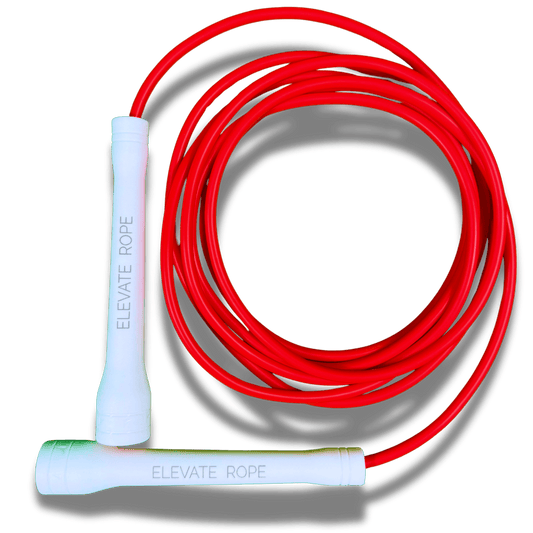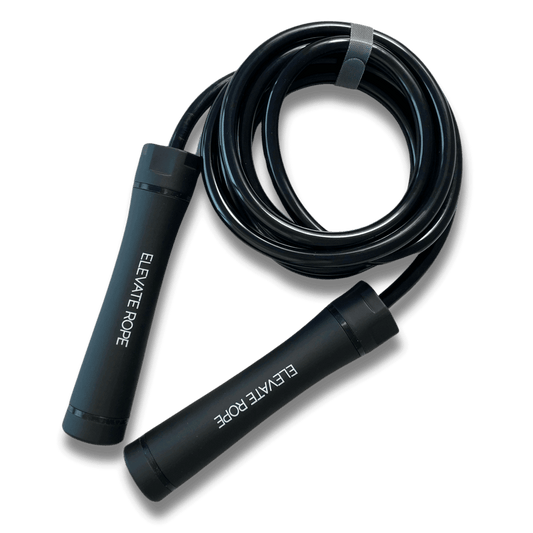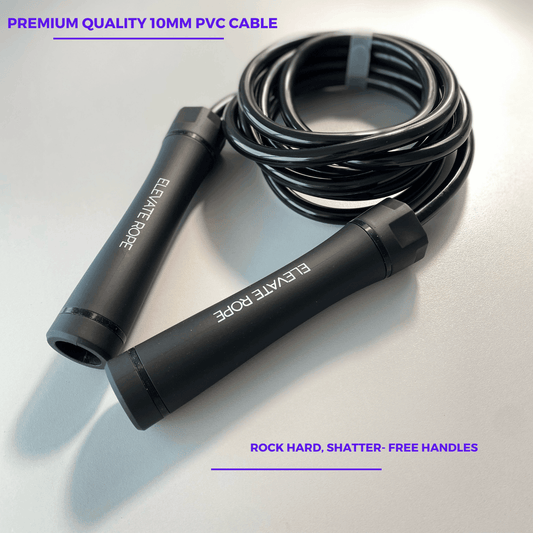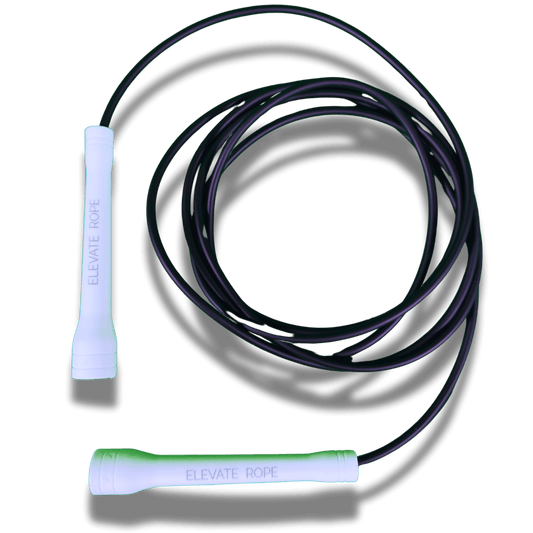Looking to crush through a fitness plateau? The solution might not be in your training program or diet. In fact, for millions of people who have not been able to get better at athletics, the problem is in their sleep. Sleep apnea is wrecking fitness gains and making training much more difficult than it has to be.
The good news is…
Treating sleep apnea can unlock new levels of fitness you didn't know you could achieve.
Here's exactly what you are about to discover…
- How sleep apnea is sabotaging your athletic performance
- Why treatment is connected to improved athletic recovery
- Why it is nigh on impossible to get fitter with untreated sleep apnea
- The specific fitness improvements that people report after beginning treatment
- How to get the most out of your treatment plan
Sleep Apnea Is Destroying Your Fitness Performance
Around 40 million adults in the US have sleep apnea. That's a huge number of people whose fitness is being sabotaged every night.
What most people don't realise though…
Sleep apnea isn't just about feeling tired the next day. Studies have found that people with moderate and severe sleep apnea have 14% lower VO2 max compared to those without the condition. That's a big difference in how efficiently your body can use oxygen during exercise.
Your body is stopping breathing repeatedly throughout the night. Those pauses in breathing mean your muscles and organs aren't getting enough oxygen. Over time, this creates structural changes in your muscle tissue that make exercise genuinely more difficult.

When you're in the middle of figuring out how to navigate CPAP and sleep apnea treatment options, it's important to know that sleep quality is intimately connected to fitness performance. The right treatment approach doesn't just improve your sleep – it also transforms the way your body responds to exercise.
And the worst part about this?
The majority of people with sleep apnea don't even realise they have it. They just assume they are naturally bad at fitness. But no amount of extra training is going to make up for what's happening during sleep.
The Hidden Link Between Treatment And Recovery
Hold on, there's something that you need to know…
The number one fitness benefit from sleep apnea treatment is not the energy boost. It's what happens during your recovery period.
Sleep apnea, when it is not treated, means that your body never actually enters those deep sleep stages where muscle repair and growth occur. This means that every single workout is doing damage to your muscles, without giving them a chance to rebuild stronger than before.
This is the reason untreated sleep apnea makes it feel like you're not making any progress.
When you start treatment it changes everything. With the right CPAP therapy (or other treatment modalities) your body finally gets the deep sleep it needs. Your muscles get a chance to repair properly, your energy systems get a chance to restore, and your hormones are rebalanced.
The result? Your fitness gains start to compound in the way that they are supposed to.
Why Exercise Feels Impossible With Untreated Sleep Apnea
Let's talk about what is really going on here…
DurIng normal sleep, your body goes through various stages of deep sleep and REM sleep. It's during these cycles that your body releases growth hormone, repairs damaged tissue, and consolidates the training adaptations.
Sleep apnea interrupts these normal sleep cycles. Every time you stop breathing, your brain partially wakes up so it can restart breathing again. This happens dozens, if not hundreds, of times each night.
So you might think you're "sleeping" for 8 hours, but your body is only getting 3-4 hours of actual restorative sleep. This is akin to trying to build muscle while only eating one meal a day – your body simply isn't getting the resources it needs to function.
And here's the kicker – the lack of oxygen to your muscles and organs during these breathing pauses causes inflammation throughout your body. Inflammation is the enemy of recovery and athletic performance.
Inflammation slows down recovery, reduces performance, and makes every workout seem much more difficult than it should be.

Treatment Unlocks Real Fitness Gains
The good news is…
When treatment starts to kick in, the improvements can be significant. People regularly report:
- Feeling that they are able to breathe more easily during cardio workouts
- Better endurance and stamina
- Faster recovery between training sessions
- Greater strength gains from resistance training
- Better weight management
Research has shown that consistent treatment can increase VO2 max, as well as improving exercise tolerance and cardiovascular function during exercise.
Here's the thing to know about this though…
Improvements are not immediate. The average person starts to notice changes within 2-3 months of consistent treatment.
The CPAP Compliance Challenge
This is the part that no one ever seems to talk about…
CPAP therapy is only as good as the people who use it. The problem is that only 30-60% of CPAP users stick with their therapy plan for the long haul.
Why is that?
Because CPAP machines are not fun to get used to. The mask can feel uncomfortable. The air pressure can feel… well, weird.

The problem is, this adjustment period is so critical to real fitness improvements.
The people who notice the biggest difference are the people who use their CPAP consistently – for at least 4 hours a night, every night. Anything less and your body isn't getting enough quality sleep for real adaptations to occur.
If CPAP is not working for you, that's OK! There are other treatment options.
- Oral appliances that reposition the jaw to increase airflow
- Positional therapy for mild cases of sleep apnea
- Weight loss programs
- Surgery in severe cases
The important thing is finding a treatment that you will actually stick with. An imperfect treatment that you use consistently is better than a perfect treatment that just sits in your closet collecting dust.
Exercising Can Actually Improve Sleep Apnea
I want to share something interesting…
Exercise training has been shown to reduce the severity of sleep apnea – and this is true even without significant weight loss.
This can create a positive feedback loop…
Treatment allows you to exercise more → Exercise helps to reduce the severity of sleep apnea → Better sleep further improves your ability to exercise → you can then exercise even more effectively.
A combination of aerobic and resistance training seems to work the best here. The exercise does not even need to be intense – just regular, moderate-intensity workouts done consistently appear to produce the best results.
This is why beginning treatment and a fitness routine together can be so powerful.
How to Get the Most From Your Treatment
So now you know what's up, here's what to do about it…
First, get diagnosed properly. A sleep study, either in lab or at-home, will provide you with the data necessary to make treatment decisions.
Second, commit to being consistent with treatment. Mark your CPAP usage hours on your calendar each day. Set a goal for gradual improvement each week.
Third, combine your treatment with smart training. Start with moderate-intensity exercise – walking, swimming, cycling, and build up as your sleep quality improves.
Fourth, track your progress. This includes both sleep metrics, but also your fitness metrics. How are you performing in your workouts? How is your recovery time? How do you just feel in general?
And finally, be patient. Your body has been in survival mode. Healing and adaptation do not happen overnight.
Bringing It All Together
Sleep apnea treatment is not just about getting better sleep at night.
It is about unlocking your body's true fitness potential.
When you start breathing normally during sleep, everything else changes. Recovery gets better. Energy levels go up. Workouts feel manageable instead of impossible.
The key is to find a treatment approach that you can commit to in the long run. Whether that is CPAP, an oral appliance, weight loss, or a combination – consistency is key.
For anyone that is serious about getting fitter, addressing sleep apnea is not optional. It is the foundation on which everything else is built.














